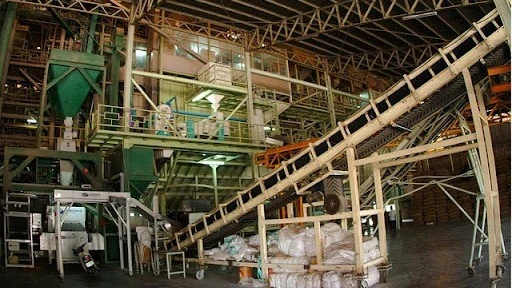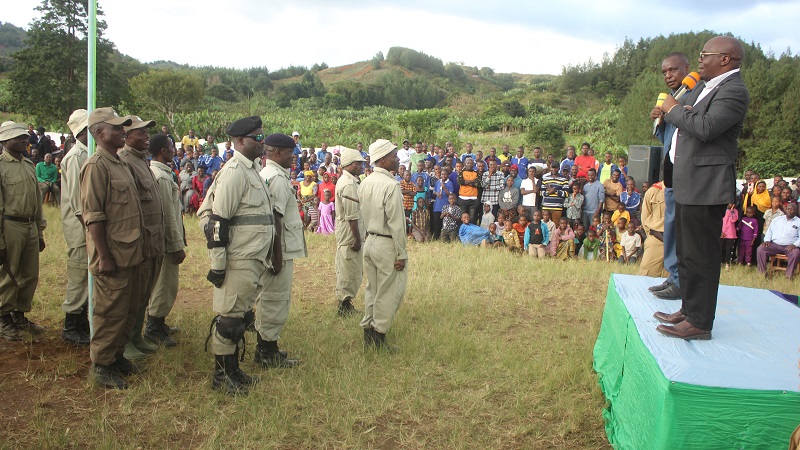Muheza unveils plan for agro-processing factories

IN a significant move to revolutionize its agricultural sector and enhance farmer livelihoods, the Muheza District Council has unveiled a comprehensive strategic plan to establish agro-processing factories for key cash crops grown in the area.
This initiative primarily targets small, medium, and large-scale farmers involved in cultivating citrus fruits, sisal, and high-value spices such as cardamom, black pepper, and cinnamon.
Dr. Jumaa Mhina, District Executive Director shared this development with journalists during a farewell event for outgoing district councilors held over the weekend in Muheza.
He announced that investors have already shown keen interest, with some beginning to set up processing plants.
"These facilities aim to add value to agricultural products and strengthen the value chain, with official announcements about these projects expected soon," Dr. Mhina stated.
"We have already welcomed investors who have established spice processing factories, particularly for tea-related spices. This has significantly increased the market value of products like cloves, which have surged from 6,000/- to 20,000/- per kilogram. Similar price hikes are being seen for other spices such as black pepper, cinnamon, and cardamom.”
For years, Muheza’s citrus farmers have grappled with significant losses due to a lack of reliable markets, leading to large quantities of fruit rotting during peak seasons.
This year, for instance, the abundant harvest from April to June saw market prices plummet by nearly 75 percent, with the price of a single orange dropping from 100/- last season to just 25/-.
Dr. Mhina revealed that major investments for citrus and sisal are in the pipeline, with announcements anticipated in the near future. One citrus peel processing factory is already operational, and additional investors are expressing interest in the sector. Regarding sisal, Dr. Mhina highlighted ongoing efforts to introduce modern Corona-type machinery capable of processing high-grade (1st to 4th grade) sisal fibers, assuring that all systems would be in place by the end of the year.
Outgoing District Council Chairperson, Erasto Mhina, emphasized that over the past five years, the council has made significant strides in implementing numerous development projects, particularly in supporting strategic crop farmers by linking them with major markets.
"During this five-year term, we have made significant progress in improving the agricultural economy of Muheza. Our focus on commercial farming, especially citrus and spice crops, has opened up both local and international markets, significantly boosting farmer incomes," he said.
The establishment of agro-processing factories, especially for citrus products, is expected to be a transformative force for Muheza's agricultural sector, with the potential to revitalize the local economy. Orange production is a cornerstone of Muheza's economy, contributing significantly to both public revenue and household income.
Local government data indicates that orange farming accounts for 80 percent of the district council’s revenue through taxation, with approximately 75 percent of household incomes derived from orange sales. Currently, over 500 farmers in the lowland areas of Muheza are actively engaged in orange cultivation.
In the sisal sector, Muheza ranks as the second-largest producer in Tanzania after Korogwe, with about 80 of the 8,972 smallholder farmers registered by the Tanzania Sisal Board (TSB) nationwide based in the district.
Spice farming is also gaining momentum, particularly in the northwestern parts of the district, including Bwembwera, Amani, and Muheza divisions, nestled within the East Usambara mountain range. Recent data indicates that over 600 individuals, predominantly youth, are actively involved in spice cultivation in these areas.
Top Headlines
© 2025 IPPMEDIA.COM. ALL RIGHTS RESERVED

























